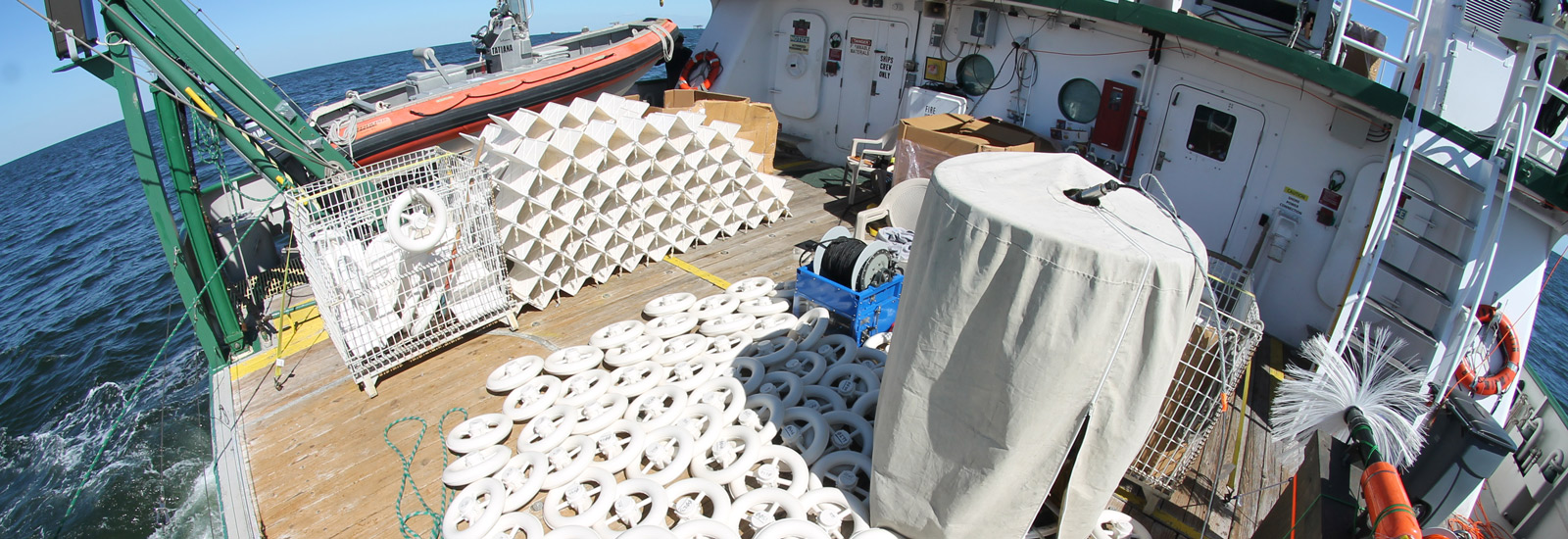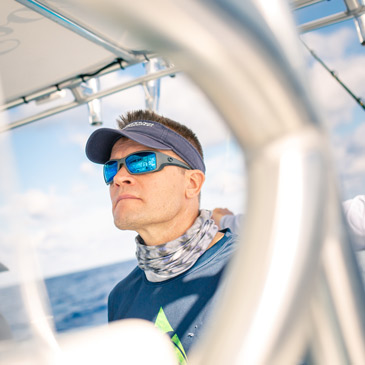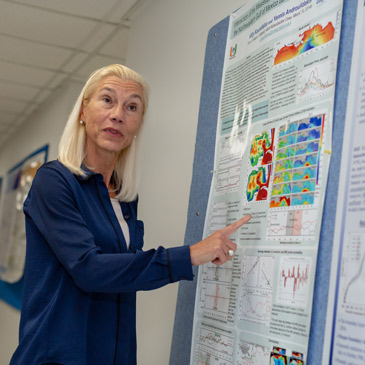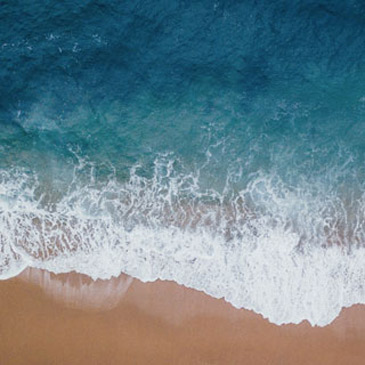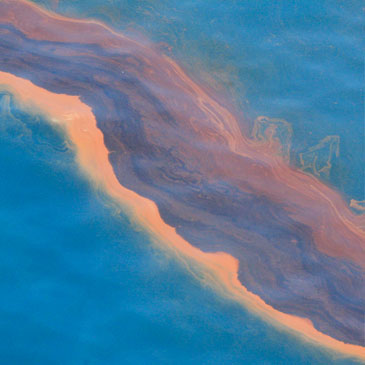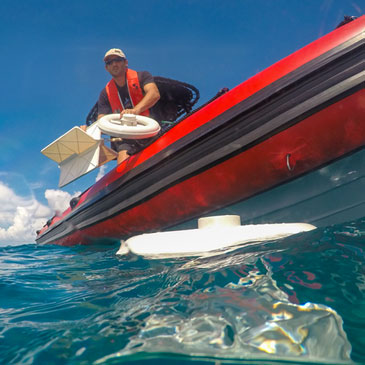by ROBERT C. JONES JR.
UM News
04-19-2019
Deployed from University of Miami research vessels at sea, the devices look more like pool toys than the high-tech scientific gizmos that they really are. But appearances aside, these free-floating GPS-equipped oceanographic drifters accomplish what they were built to do—collect real-time data on conditions above and below the surface with the goal of improving prediction models for future oil spills.
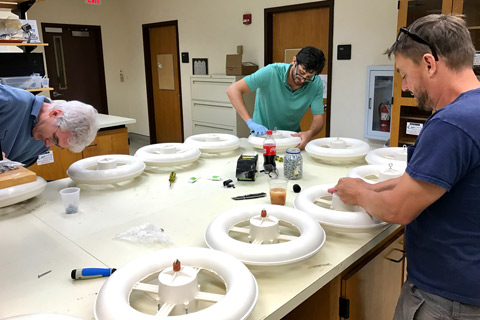
Scientists with the Consortium for Advanced Research on Transport of Hydrocarbon in the Environment (CARTHE), a UM Rosenstiel School of Marine and Atmospheric Science-led initiative, have been using drifters for the past eight years to simulate and study the flow of oil in the marine environment, learning more than they ever have about the forces at work in our oceans.
“We’ve increased our understanding of the role of winds and waves at the surface,” said Tamay Özgökmen, professor of meteorology and physical oceanography and director of CARTHE. “And that’s important because waves and currents affect the flow of oil immensely.”
Sending their data to low-earth orbiting satellites, drifters offer an advantage over other data-collection methods like cameras and drones because they can transmit information over a longer period of time and under just about any conditions, even during hurricanes.
Since its founding in 2011, CARTHE has released more than 2,300 of the instruments into the Gulf of Mexico, helping to build prediction flow models not only for coastal pollution but also red tide and sewage leaks.
Over the years, CARTHE has rolled out different versions of the drifters. The latest model made from 85 percent biodegradable components and was developed in collaboration with BellaMare LLC, a San Diego, California-based engineering firm that develops subsea vehicles and instruments for coastal and oceanographic surveys.
The environmentally friendly drifter underwent rigorous testing in the Rosenstiel School’s 30,000-gallon Alfred C. Glassell Jr. SUSTAIN Laboratory wind-wave tank.
In early 2016, CARTHE deployed 1,000 of the drifters in the Gulf of Mexico as part of LASER (LAgrangian Submesoscale ExpeRiment), an endeavor aimed at understanding small-scale currents in the open-ocean environment near the northern Gulf’s DeSoto Canyon and how oil and other pollutants might be transported via those currents.
In the first seven days after their release, the drifters tended to congregate, suggesting that, under certain conditions, oil or other pollutants could collect along fronts or in eddies, possibly making cleanup easier.



